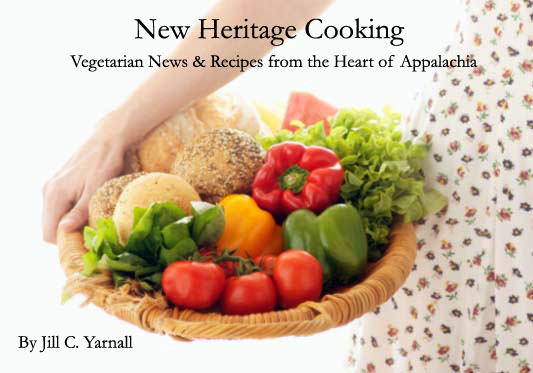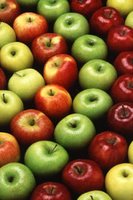 Vegetarians and vegans come from a wide variety of backgrounds -- including Christianity. In my experience, Christian animal advocates tend to be overlooked in favor of some of the more colorful secular vegans and vegetarians. Today, let's try to bring this more into balance with a spotlight on Lorena Mucke, event coordinator and newsletter editor of the Christian Vegetarian Association. This organization strives to educate people about the distinct health, environmental, and animal-related advantages of plant-based eating through a respectful Christian lense. In addition, she runs a Humane Education Program in Atlanta, Georgia, called The Ethical Choices Program. Through this program, Lorena visits high schools and summer camps giving presentations regarding the issues surrounding modern agriculture.
Vegetarians and vegans come from a wide variety of backgrounds -- including Christianity. In my experience, Christian animal advocates tend to be overlooked in favor of some of the more colorful secular vegans and vegetarians. Today, let's try to bring this more into balance with a spotlight on Lorena Mucke, event coordinator and newsletter editor of the Christian Vegetarian Association. This organization strives to educate people about the distinct health, environmental, and animal-related advantages of plant-based eating through a respectful Christian lense. In addition, she runs a Humane Education Program in Atlanta, Georgia, called The Ethical Choices Program. Through this program, Lorena visits high schools and summer camps giving presentations regarding the issues surrounding modern agriculture.Vegetarian or vegan?
Vegan
How long have you been veg*n?
Vegetarian for 13 years (with a break in the middle… long story) and vegan 1 year.
What inspired you to go veg?
It was mainly the suffering of animals and the ethical issues surrounding meat-eating coupled with my Christian faith. Later on, the health benefits and of course contributing to restore the environment helped me remain vegan.
What's your best story of trying to find veg food?
I was visiting my family in Buenos Aires (Argentina) and they asked me to call Burger King. Over there, fast food restaurants deliver to your door… just like pizza here. I called, placed their order first and then asked the lady on the phone if they had veggie burgers. She said yes so I ordered one for me. When the order arrived my “veggie burger” was a bun with a tomato slice, some lettuce and pickles! That day, for the first time I “missed” a REAL Burger King veggie burger!
How do you handle family holiday dinners?
That’s a tough one. My husband and son are vegetarian but the rest of our family is not. We’ve learned that our best tactic is to contribute to the celebration with one or more vegetarian dishes. The first few years our relatives would make negative remarks about our choice of diet but they’ve given up and let us be. We hope that our lifestyle centered around compassion and love transcend more than our words.
What's your favorite veg food?
I love Thai curry dishes. The spicier, the better! Indian dishes are my second choice.
Do you have a favorite veg book?
Not really. I love to browse through the so many great sites on-line that have veg recipes.
Tofu or tempeh?
Tofu.
What did you have for breakfast today?
I had coffee with soy milk and honey. And a wheat bagel with “tofutti” cream cheese.









